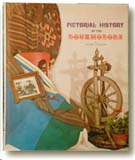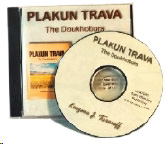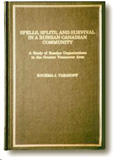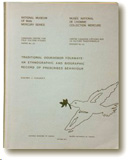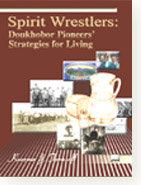Koozma J. Tarasoff has had an active career as the collection to the right suggests. Even so, it only scratches the surface of his many other works. Following the descriptions of the titles in this display collection, a Summary of Works has been included for your perusal.
Click on any selection to the right, or simply scroll down the page.

A collection of some of Tarasoff's works

